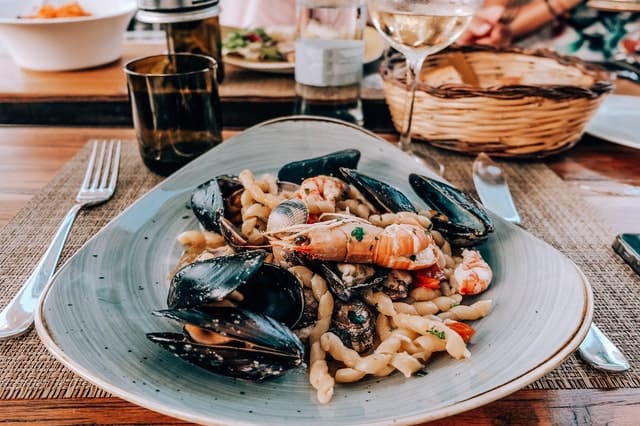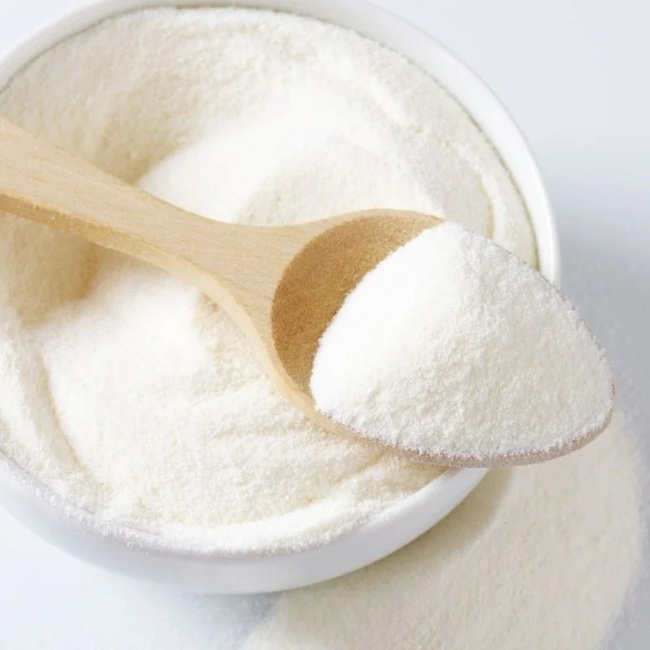
It is not uncommon for people with diabetes to wonder what types of seafood they can eat. You may want to try many different options, but it is important to know which ones work best for your specific condition. In this article, we will go over the various types of seafood and whether or not you should incorporate them into your diet if you have diabetes.
Contents
A healthy and balanced diet to boost the immune system is essential for any person, but it is especially important if you have diabetes; this condition can be difficult to control and requires a level of attention that many other conditions do not. Heart disease can be a problem in diabetic patients and can be prevented by low-fat diets that include low sugar and low cholesterol foods. Health experts suggest fish and other seafood for low-fat diets because they are low in calories, low in sugar, and low in cholesterol which can prevent heart attack and stroke.
Eating seafood can help you cut down on red and processed meats. Consuming seafood at least twice per week can help you get those healthy fats that can help you maintain a healthier heart. Seafood is also an excellent source of lean protein. Lean protein is important for people with diabetes because it helps keep blood sugar levels more even. When you have diabetes, your body has a difficult time metabolizing the sugars found in carbohydrates and starches; instead of turning them into energy, they are converted to fat.

Protein is not affected by this process as much which means that protein can be used to create insulin or help maintain muscle mass so those organs don't deteriorate over time. Lean proteins also lower LDL cholesterol levels which improve heart health and reduce the risk of type two diabetes complications like kidney failure or blindness. Certain types of seafood are high in Omega fatty acids. Omega fatty acids are omega-three and omega-six fats that work to reduce inflammation in the body.
Inflammation can cause many health problems such as arthritis, heart disease, and cancer. Fish such as omega-three rich salmon, omega-six fatty acid DHA rich tuna can help reduce inflammation in the body. Omega acids are also good for people with diabetes because they allow glucose to enter cells. This slows down how quickly sugar is released into your bloodstream which like protein helps avoid a spike and crash of blood sugar levels after meals as well as keeping blood sugar levels more even.
Seafood is naturally low in fats and saturated fats which can be bad for diabetics. Omega-rich seafood has the same nutritional value with fewer grams of fat and calories than beef or other lean meats like chicken breast, turkey patty, and ground beef.
Types of seafood that are good for people with diabetes
Salmon
Salmon is a seafood that provides healthy fats and protein without any of the unhealthy levels found in beef. It's also low in calories, but rich in Omega-three fatty acids which can help reduce inflammation
Tuna
Tuna contains high levels of omega-three fatty acid DHA - this helps keep low blood sugar levels.
Shellfish

Seafood like clams, mussels, and oysters are high in protein but low in calories. If you are diabetic it is recommended by the FDA that you avoid eating raw oysters or clams because you are more susceptible to vibrio vulnificus that can be found in raw shellfish.
The bacteria, which is undetectable by taste or smell, can cause severe illness and even death in some patients. If you do love eating shellfish and really want to eat them, you must ensure that they are fully cooked first.
Tilapia
This mild-tasting fish is a great choice because it has less than one gram of fat per serving! It also contains high protein, and omega-three fatty acids that help to regulate blood pressure levels, prevent heart disease and reduce inflammation.
Canned seafood
Canned seafood is high in protein and low to no carbs are found. You do need to watch for sodium levels, so make sure you read the labels before purchasing it.
Tofu and other seafood
Alternatives such as tempeh can be a substitute for seafood (if you don't eat meat or fish). Serve seafood on a bed of salad greens or with vegetables like broccoli, asparagus, green beans, carrots, etc, which will help fill you up without adding too many calories and carbohydrates. When it comes to battered and breaded seafood, you should ask your seafood provider for a low-fat, breaded seafood option.
Seafood Options That Containe High Level of Fats and Should be Avoided by Diabetics
There are also some seafood types that may not work well for those who suffer from diabetes. Fried or sauteed in butter scallops and shrimps must be avoided by people with diabetes.
Benefits of Seafood in a Diabetic Diet
- Promotes heart health and helps reduce inflammation in the body by providing omega fatty acids like DHA-rich tuna, salmon, and mackerel.
- Helps lower cholesterol due to low levels of saturated fat in seafood.
- Provides essential vitamins and minerals like vitamin B12 that help with blood sugar control for
diabetics
*Note: lack of omega fatty acids can worsen existing diabetes so it is important to incorporate them
into your diet.
Seafood is an excellent low-fat, high-protein food that can be a great addition to your diet as long as you are mindful of the added fat and salt. The key with seafood on a diabetic diet is moderation so we recommend not consuming more than two servings per week.
Fish can be a great source of seafood for people with diabetes because they provide many benefits such as managing blood sugar levels and reducing inflammation. However, it is important to know how much seafood you should have per meal since seafood is higher in fat than other types of protein sources like meat or poultry.
In 2005, the American Diabetes Association (ADA) published new guidelines for seafood consumption in people with diabetes. These recommendations are based on health and safety considerations as well as how we can improve health outcomes through nutrition. The most important recommendation is that diabetic individuals should limit their intake of fatty fish to 12 ounces per week or less.
Easy to Cook Seafood Dishes
If you have basic cooking experience then preparing seafood dishes at home is a low-cost way to add variety and nutrition to your diet.
- Canned salmon can be used in low-fat tuna salad or it could be prepared as a low-calorie sandwich filling.
- Salmon steaks are great for grilling and they cook relatively quickly because the skin is removed before cooking. Salmon steaks also have less of an oily taste than grilled swordfish, so if you enjoy that flavor but want to reduce your intake of fats then this would make an excellent substitution.
- Salads with seafood should contain low-fat ingredients like vegetables, pasta shells, canned light tuna fish, etc, and these salads will provide protein without all the added calories from higher fat foods such as mayonnaise dressing and croutons. If you do not want to use low-fat dressings consider adding low-fat salad dressing mixes or low-calorie dressings such as vinaigrette, low-calorie mayonnaise substitutes (such as Hellman's Light), low-calorie cooking oils, and vinegar.

- If you are low on time or patience, try low-fat salad shop-bought dressings.
- Another dish is seafood casserole, which is low in fat and high in protein; a serving of this dish only contains about 350 calories.
- Seafood lasagna can be another low-fat option that provides you with a hearty meal without all the fats.
- Many seafood recipes are low-fat because they are often cooked quickly over lower heat so as not to overcook them or burn any oils. If you're interested in cooking with fish but don't want it too greasy, try baking your fillets by lightly coating them with nonstick spray first before placing them into the oven at 400 degrees F for 15 minutes on each side (or until golden brown). You could also use sea salt instead of table salt, lemon juice instead of butter sauce, or vegetable oil.
If you have diabetes then it's critical to follow in order to ensure healthy blood glucose levels so you don't experience any complications from this chronic disease such as kidney damage along with eye problems including blindness. You need to monitor what type of fats you consume which includes limiting intake as well as monitoring carbohydrate content at meals while following some basic guidelines for dieting when preparing dishes.
All recipes won't be appropriate for anyone, and they are provided for information purposes only and shouldn't be considered as medical advice. A study published by Nutrition Reviews shows that eating seafood low in mercury can be great for diabetics because low-fat protein is beneficial to the diet as well as omega-three fatty acids, vitamin D, and selenium. Seafood also contains iodine which has been shown to have some positive effects on diabetes symptoms like vision problems.
Fish provides more benefits than just being low carb or low fat; it offers an alternative source of important nutrients that people who have diabetes may not get enough from other sources if they don't eat any form of seafood each day!
Overall seafood is a great addition to diabetic patients' diets. In the end, it's important to know your body and to manage diabetes in a healthy way. Some people might be able to eat seafood every day without experiencing any negative side effects, while others may find they need to limit their consumption. Just remember that any food should always be eaten in moderation because there really isn't any "diabetic" food out there





